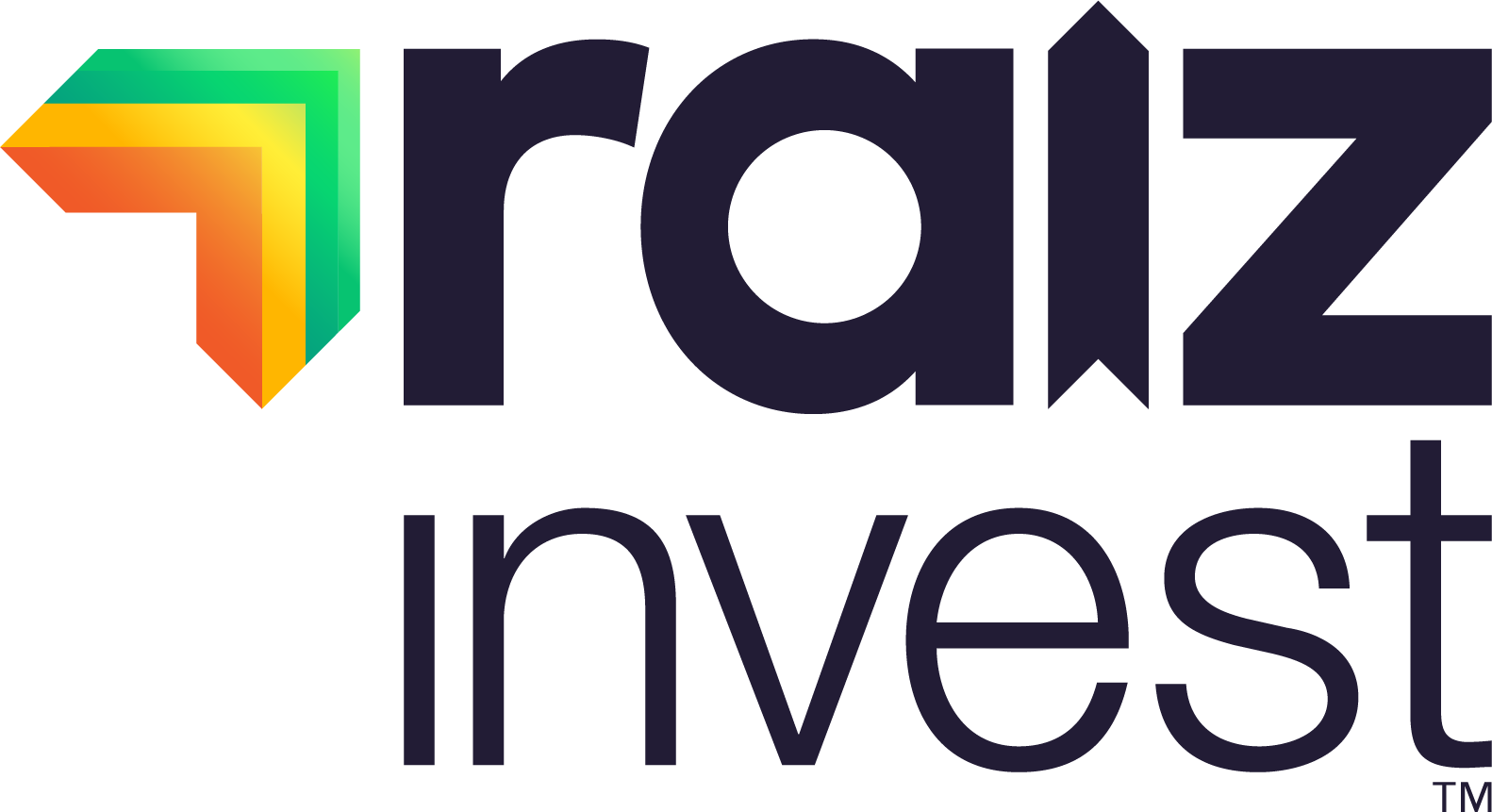The difference between ‘real’ and ‘paper’ profit/loss
 “Live long and prosper” are the words often spoken by Star Trek’s fictional character Spock, the half human, half Vulcan science officer aboard the USS Enterprise.
“Live long and prosper” are the words often spoken by Star Trek’s fictional character Spock, the half human, half Vulcan science officer aboard the USS Enterprise.
Now you may be wondering why we’re mentioning Star Trek in this blog article.
Is it because as a species, Vulcans have perfected the art of suppressing emotions, and maybe we all need to be a little more ‘Vulcan like’ to keep a steady nerve as we watch our investment balances decline?
Well yes, that’s a good reasons, but we mentioned Star Trek because one of the most endearing qualities of that TV show is its ability to frame its episodes in an allegory. Telling stories, which upon reflection, can readily illustrate and convey a complex concept in a more comprehensible way to the viewer.
Now for a moment, come on a journey with us. Let us take you back in time a few years ago. A time when the Australian housing market bubble had ‘burst’.
The housing market ‘burst’
Can you remember the influx of real estate that came onto the market? Owners that were falling over themselves to put their properties up for sale? No, we don’t remember that happening either!
Obviously, some people had no choice to sell, but as evidenced by the lack of properties for sale and the mass crowds of bargain hunter investors at every open house at the time, most owners had no intention of selling. First time home buyers and property investors saw it as an opportunity to buy at a “bargain price” but choice was limited as owners chose to simply wait it out and hope for the housing market to improve. Fast forward 12 months and sure enough most major cities were reporting modest property price increases.
If you were fortunate enough to own a property during that time and did not sell it, in real terms how much did you lose when the bubble burst? Well the answer is nothing. After all, it was only the current market value of your real estate that had changed, and you still owned the original investment. Therefore, the current market price is only ‘relevant’ if you want, or need, to sell your investment.
The example of the property market can equally be applied to other types of investments.
Applying this example to Raiz
When you make a deposit into Raiz, that money is fully invested into Exchange Traded Funds (ETFs) which are effectively baskets of shares that are traded on the ASX. You own ‘units’ in these ETFs, and depending on your portfolio choice, your portfolio is made up of either 4 or 7 different ETFs. The balance you see within your Raiz account is the current market value of all the units you own as part of your portfolio, and at no time is cash held as part of your balance. For more information on Raiz fees, click here.
In reality, the price of units in each of the ETFs will have a different current market price, but to simplify things, let’s just assume there is one unit price for a moment.
Say for example, you decided to invest $100, and the current unit price is $0.50. When you make that investment, your $100 would buy you 200 units.
Now say that unfortunately there is a downturn in the market, and the unit value is now only $0.40. Your 200 units would now have an investment balance of $80. So, you have lost $20, yes?
Well, yes and no! You see, you still have 200 units, like you still had your real estate investment in the example above. You only really lose $20 if you sell your units because at this point in time their value is currently less than it was when you bought them. However, if you don’t sell you still have the 200 units, and you have not realised the loss.
Keep in mind that the reverse is also true. If the market has an upturn, and the unit value is now $0.60, your 200 units would now have an investment balance of $120, so you are in profit by $20. Well again, that is only true if you sell, because from an investment perspective you still only have 200 units – and markets go up and down!
Sometimes we refer to this $20 profit or $20 loss as a ‘paper gain/loss’ because it does not become real until you sell. Every time you put money into Raiz, you are buying units, and every time you request a withdrawal you are selling units. It is only when you sell an investment that you ‘crystallise’ the profit or loss from having owned it.
It’s good to remember that when it comes to investing, there are only two key points in the whole investment cycle that really matter. The price you paid at the time that you bought the investment, and the price you get when you decide to sell it.
At the end of the day, every price your investment is “worth” between those two points is effectively just noise and is just a part of the roller-coaster ride of investing, which inevitably has highs and lows along the way.
Peace and long life. 🖖
Don’t have the Raiz App?
Download it for free in the App store or the Webapp below:
Important Information
The information on this website is general advice only. This means it does not take into account any person’s particular investment objectives, financial situation or investment needs. If you are an investor, you should consult your licensed adviser before acting on any information contained in this article to fully understand the benefits and risk associated with the product.
A Product Disclosure Statement for Raiz Invest and/or Raiz Invest Super are available on the Raiz Invest website and App. A person must read and consider the Product Disclosure Statement in deciding whether, or not, to acquire and continue to hold interests in the product. The risks of investing in this product are fully set out in the Product Disclosure Statement and include the risks that would ordinarily apply to investing.
The information may be based on assumptions or market conditions which change without notice. This could impact the accuracy of the information.
Under no circumstances is the information to be used by, or presented to, a person for the purposes of deciding about investing in Raiz Invest or Raiz Invest Super.
Past return performance of the Raiz products should not be relied on for making a decision to invest in a Raiz product and is not a good predictor of future performance.




